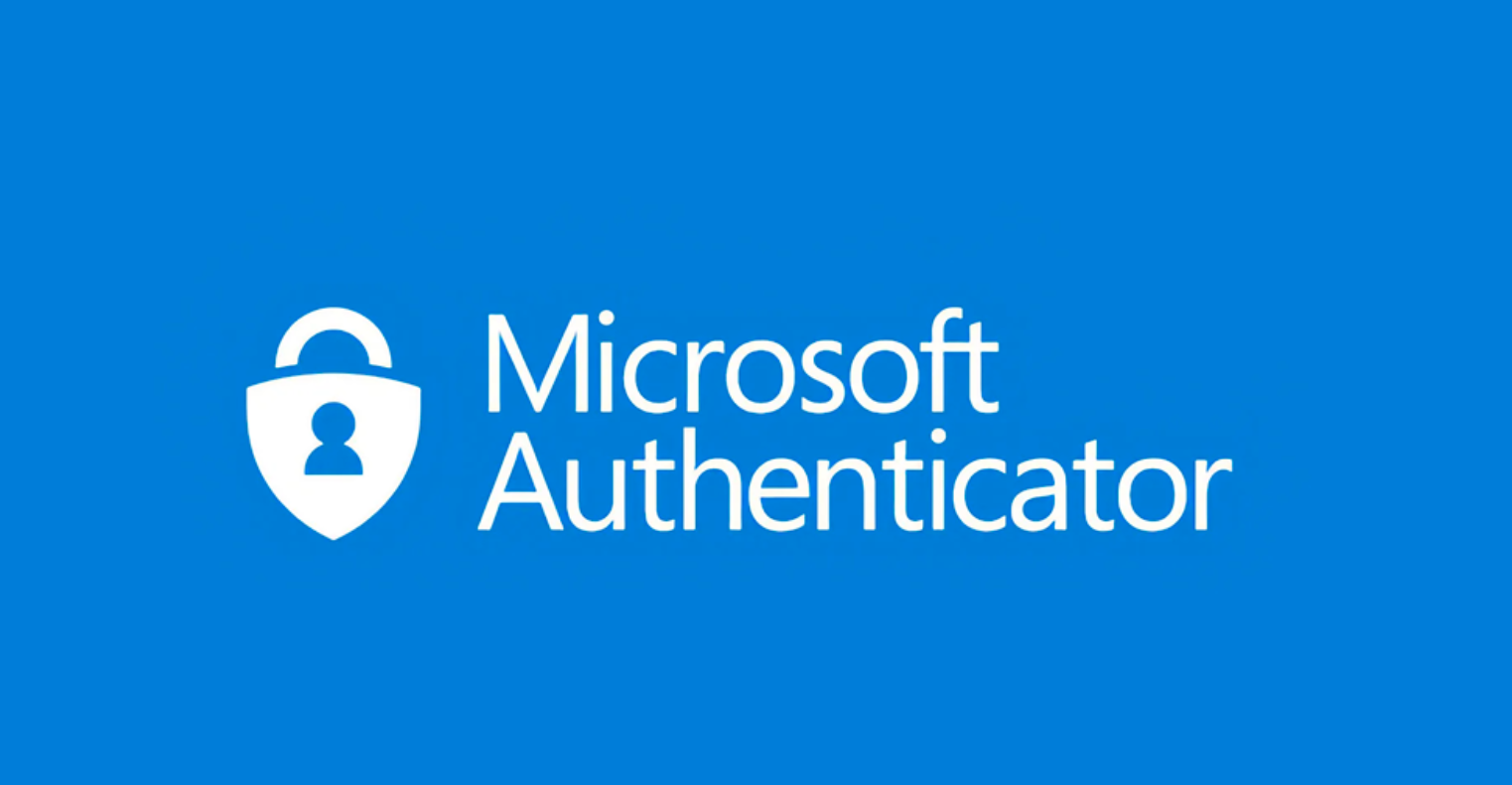
Microsoft has announced its intention to discontinue password support within the Authenticator app starting August 1, 2025. This move forms part of the company’s broader global initiative to shift away from traditional login methods in favor of more modern and secure identity verification technologies.
Company representatives explained that the changes are also designed to streamline the password autofill feature embedded within the two-factor authentication app itself. As a result, the login process will become not only more seamless but significantly more secure.
For several years now, Microsoft has been steadily championing its “passwordless future” vision. Central to this initiative are solutions such as Passkey, Windows Hello, and FIDO2-based authentication methods—technologies that substantially reduce the risks of phishing attacks and password reuse, two of the most prevalent threats to user security.
According to the published timeline, the autofill functionality within Authenticator will cease operation in July 2025. Starting in August of the same year, users will no longer have access to passwords previously stored in the app. Furthermore, the ability to add or import new credentials was disabled as of June 2025, though autofill remains operational until the final phase-out.
The elimination of password support in the app does not mean the permanent loss of stored data. Passwords will remain synchronized with the user’s Microsoft account and accessible via the Edge browser—provided it is selected as the default autofill tool. Additionally, any newly created but unsaved passwords will be automatically deleted after August 2025.
It is worth noting that these changes do not affect Passkey functionality. Users who have enabled Passkey for their Microsoft accounts should continue using Authenticator as their primary tool for this feature. Should Authenticator be disabled, access to Passkey will likewise be revoked.
Microsoft advises users who primarily rely on Authenticator for password storage and autofill across devices to proactively migrate to a dedicated password manager. Recommended alternatives include Edge, iCloud Keychain, Bitwarden, and Google Password Manager—all of which support synchronization, biometric unlocking, and encrypted backup options.
During this transition, users can export their saved passwords from Authenticator and import them into a new password manager of choice. To maintain a seamless sign-in experience, the selected application should be set as the default autofill provider on the user’s mobile device.






